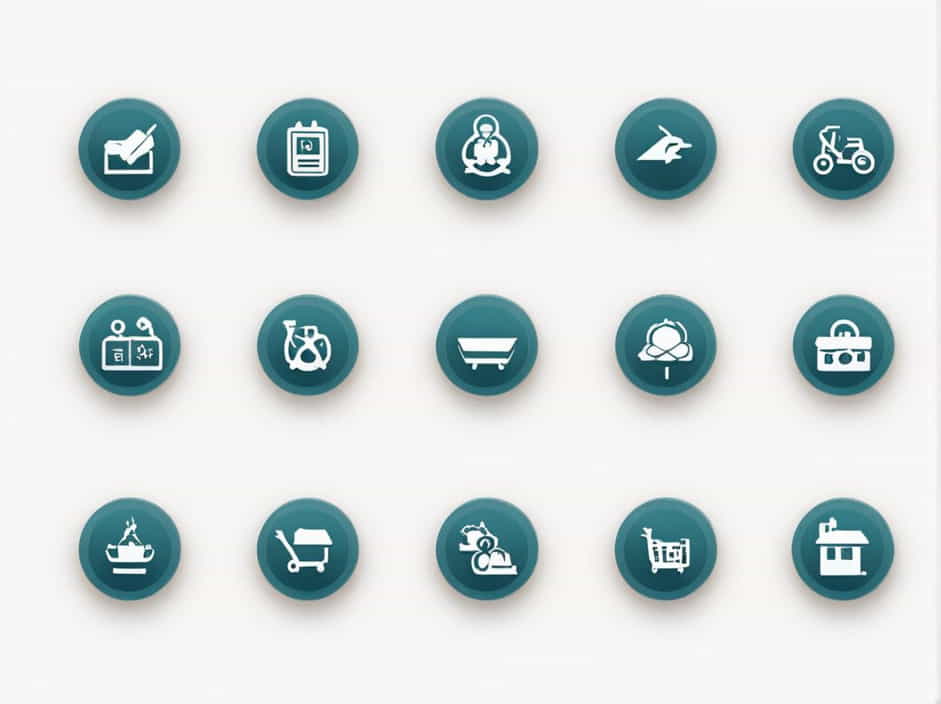Precautionary statements play a crucial role in ensuring safety when handling hazardous substances. These statements are found on chemical labels, Safety Data Sheets (SDS), and workplace safety guidelines. They provide clear instructions on how to prevent accidents, respond to emergencies, store substances properly, and dispose of them safely.
Understanding the different types of precautionary statements is essential for workplace safety, environmental protection, and compliance with regulations. This topic will break down the main categories of precautionary statements, explain their significance, and provide real-world examples.
1. What Are Precautionary Statements?
A precautionary statement is a safety instruction included on labels of hazardous materials. These statements are part of the Globally Harmonized System of Classification and Labeling of Chemicals (GHS), ensuring consistency across different industries and countries.
1.1 Purpose of Precautionary Statements
✔️ Reduce risks related to hazardous materials.
✔️ Provide guidance on proper handling and storage.
✔️ Ensure quick response in case of exposure or accidents.
✔️ Protect human health and the environment.
Precautionary statements are grouped into four main categories, each addressing a specific safety concern.
2. Types of Precautionary Statements
Precautionary statements can be categorized into four main types: Prevention, Response, Storage, and Disposal.
2.1 Prevention Statements
Prevention statements provide guidelines on how to avoid exposure to hazardous chemicals. These instructions help reduce the risk of accidents, injuries, and contamination.
Examples of Prevention Statements:
‘Wear protective gloves, clothing, and eye protection.’
‘Keep away from heat, sparks, and open flames.’
‘Do not breathe fumes, vapors, or dust.’
‘Wash hands thoroughly after handling.’
Why Prevention Statements Matter
✅ They prevent harmful exposure to toxic, flammable, or reactive chemicals.
✅ They reduce the likelihood of accidents in workplaces and laboratories.
✅ They protect workers from long-term health risks such as respiratory issues or skin irritation.
By following prevention statements, individuals can minimize health hazards and ensure a safer environment.
2.2 Response Statements
Response statements explain what to do in case of exposure, spills, or fires. These instructions are crucial for emergency preparedness and immediate action.
Examples of Response Statements:
‘If swallowed: Seek medical attention immediately.’
‘If inhaled: Move to fresh air and keep at rest.’
‘In case of skin contact: Wash with plenty of water and soap.’
‘If in eyes: Rinse cautiously with water for several minutes.’
‘If fire occurs: Use dry chemical, CO₂, or foam extinguisher.’
Why Response Statements Matter
✅ They help individuals react quickly in emergency situations.
✅ They prevent minor accidents from becoming serious injuries.
✅ They provide first-aid guidance before professional medical help arrives.
Knowing response statements can save lives and reduce the severity of chemical exposure.
2.3 Storage Statements
Storage statements specify how to store hazardous substances to prevent leaks, contamination, or chemical reactions. Proper storage reduces risks in workplaces, laboratories, and homes.
Examples of Storage Statements:
‘Store in a cool, dry, and well-ventilated place.’
‘Keep container tightly closed when not in use.’
‘Store away from incompatible materials such as acids and bases.’
‘Protect from direct sunlight and moisture.’
Why Storage Statements Matter
✅ They prevent dangerous chemical reactions due to improper storage.
✅ They help maintain the chemical’s stability and effectiveness.
✅ They reduce the risk of spills, leaks, and contamination.
Following storage statements ensures a safe and organized workplace while preventing environmental hazards.
2.4 Disposal Statements
Disposal statements guide users on how to properly dispose of hazardous chemicals. Improper disposal can harm the environment, contaminate water sources, and pose serious health risks.
Examples of Disposal Statements:
‘Dispose of contents and container in accordance with local regulations.’
‘Do not pour into drains or water systems.’
‘Take to an authorized hazardous waste facility.’
‘Avoid releasing into the environment without proper treatment.’
Why Disposal Statements Matter
✅ They prevent environmental pollution and groundwater contamination.
✅ They help businesses comply with waste disposal laws.
✅ They protect wildlife and ecosystems from chemical exposure.
Proper disposal is essential for environmental sustainability and legal compliance.
3. How to Read and Understand Precautionary Statements
To ensure safety, it is important to properly read and interpret precautionary statements on chemical labels. Here’s how:
3.1 Identify the Signal Word
⚠️ ‘Warning’ – Used for less severe hazards.
‘Danger’ – Used for more severe hazards.
3.2 Look for Hazard Pictograms
Flame: Flammable materials.
☣️ Skull & Crossbones: Toxic substances.
⚗️ Corrosion: Causes burns to skin and eyes.
3.3 Follow the Precautionary Statements
✔️ Read all sections (Prevention, Response, Storage, and Disposal).
✔️ Use the recommended protective equipment (gloves, masks, goggles).
✔️ Store chemicals safely according to guidelines.
Understanding these labels ensures safe handling and prevents accidents.
4. Common Mistakes When Handling Hazardous Chemicals
Even with clear precautionary statements, mistakes can still happen. Here are some common errors to avoid:
4.1 Ignoring Safety Labels
Some users skip reading labels, leading to incorrect handling.
✅ Always read and follow all safety instructions.
4.2 Using the Wrong Protective Equipment
Handling chemicals without gloves, masks, or goggles can be dangerous.
✅ Use protective gear as specified in the precautionary statements.
4.3 Improper Storage
Storing chemicals near heat sources or in direct sunlight can cause hazards.
✅ Follow storage guidelines to avoid dangerous reactions.
4.4 Incorrect Disposal Methods
Pouring hazardous chemicals down the drain harms the environment.
✅ Dispose of chemicals properly according to label instructions.
Avoiding these mistakes prevents accidents and ensures compliance with safety regulations.
Precautionary statements play a vital role in chemical safety by providing clear instructions on prevention, response, storage, and disposal. By understanding and following these statements, individuals can:
✔️ Minimize health risks and workplace hazards.
✔️ Ensure proper chemical storage and handling.
✔️ Respond effectively to emergencies.
✔️ Protect the environment from hazardous waste.
Always read, understand, and follow precautionary statements to ensure safety in any environment.
